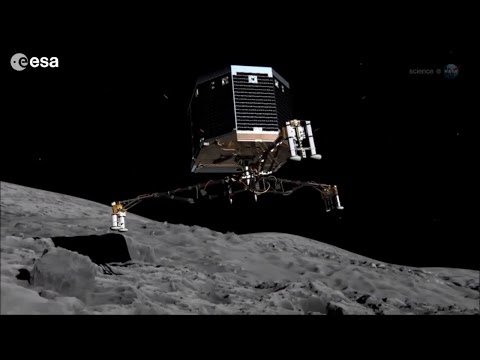From Black Holes to Comets: The Diverse World of Celestial Bodies
The universe is a vast and mysterious place, filled with a myriad of celestial bodies that have captured the imagination of astronomers and space enthusiasts for centuries. From black holes to comets, these objects are as diverse as they are fascinating, each with its own unique characteristics and properties.
One of the most enigmatic and intriguing celestial bodies in the universe is the black hole. Black holes are regions of space where the gravitational pull is so strong that nothing, not even light, can escape their grasp. These cosmic behemoths are formed when massive stars collapse under their own gravity, creating a singularity at their center. Black holes come in different sizes, from stellar-mass black holes, which are formed from the remnants of dying stars, to supermassive black holes, which can be found at the centers of galaxies and can have masses millions or even billions of times that of our sun.
Despite their reputation as cosmic vacuum cleaners that devour everything in their path, black holes are also responsible for some of the most spectacular displays in the universe. When matter is drawn towards a black hole, it forms a swirling disk of material known as an accretion disk. The intense friction and heat within the accretion disk can cause it to emit powerful jets of radiation and energy, creating some of the brightest objects in the universe known as quasars and active galactic nuclei.
On the other end of the celestial spectrum are comets, icy remnants from the formation of the solar system that orbit the sun in highly elliptical paths. Comets are composed of a mixture of dust, rock, and frozen gases such as water, ammonia, and methane. When a comet approaches the sun, the heat causes its icy surface to vaporize, creating a glowing coma of gas and dust around the nucleus. The solar wind then blows this material away from the comet, forming a beautiful tail that can stretch for millions of miles across the sky.
Comets have long captured the imagination of humanity, with ancient civilizations viewing them as omens of doom or harbingers of change. Today, comets are studied by scientists as valuable relics from the early days of the solar system, providing important clues about the conditions that existed when the planets were first forming.
From black holes to comets, the diverse world of celestial bodies offers a glimpse into the incredible variety and complexity of the universe. Each of these objects has its own story to tell, shedding light on the mysteries of the cosmos and inspiring wonder and awe in all who gaze up at the night sky. Whether you are captivated by the immense power of a black hole or the ethereal beauty of a comet’s tail, there is no denying the profound impact that these celestial bodies have on our understanding of the universe.













